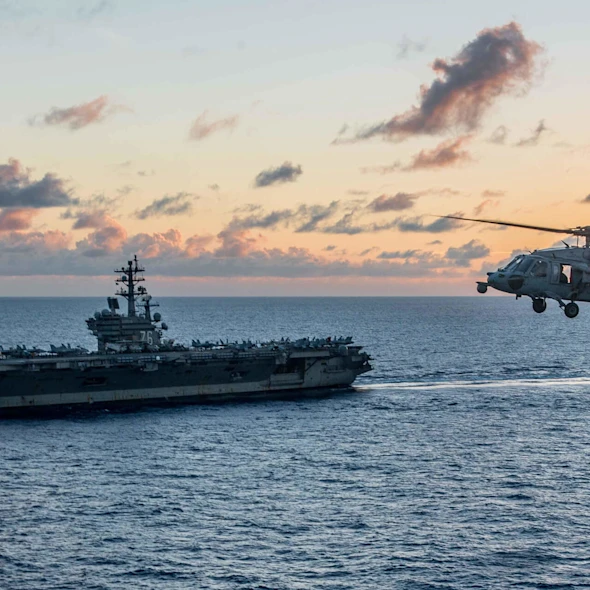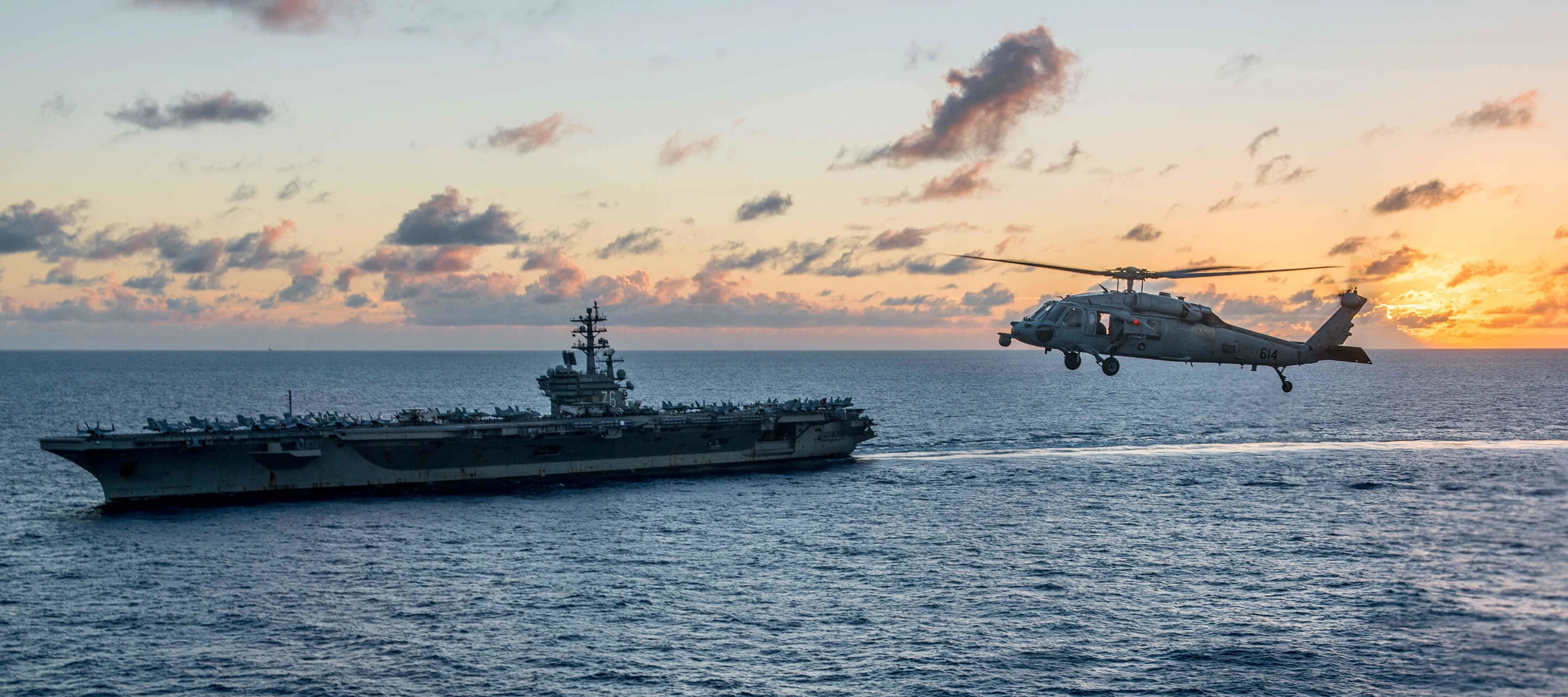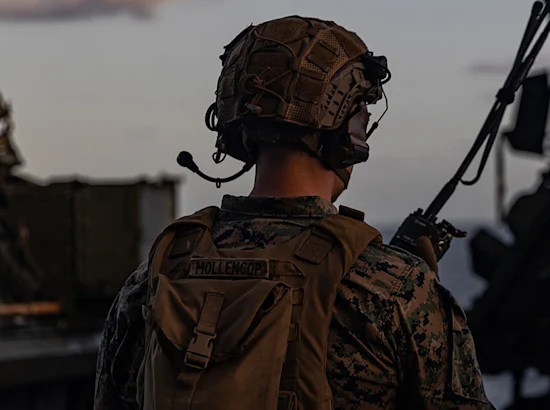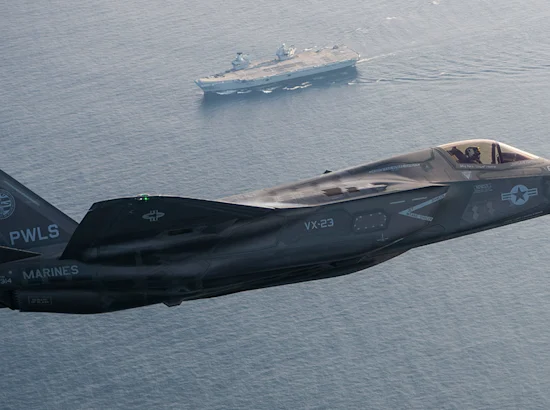More than 80% of the world’s commerce is transported by water. Protecting the world’s oceans and seas to enable open commerce is therefore critical to our national security. The United States’ ability to maintain freedom of navigation for ourselves and for our trade partners demands a ready and resilient fleet – from ensuring the freedom of navigation in the Red Sea to being prepared to confront possible adversarial action in the Pacific.
At its core, fleet readiness is about the ability of a naval fleet to meet its operational commitments and complete the mission. In a digitally modernized environment, which the modern battlefield demands, true fleet readiness is also about ensuring four things: secure software, data that you can maintain and transform to actionable information, interoperability with mission partners, and training that allows you to use data to enable better, faster decision-making.
Let's break each one of those down.
Secure, Timely Software
The future pace of battle will not allow for long, slow hardware changes. A software-defined capabilities environment, where capabilities can be quickly modified based on mission need, is what’s required. However such an environment brings inherent cybersecurity risks. This is why secure software, provided in a timely and reusable manner, is vital. The ubiquitous nature of technology has enabled adversaries – no matter who they are – to get their hands on emerging technology, use it to deny and degrade communications, and conduct lethal kinetic operations. The fleet readiness imperative is to field secure systems that can operate even in denied, degraded, intermittent or limited (D-DIL) environments. Zero Trust and its demand for identity and access verification at every access point plays a huge role in our ability to build and operate secure systems.
Actionable Data
Data that is well maintained, easily understood, and rapidly actionable is another fleet readiness fundamental. The Navy’s Distributed Maritime Operations (DMO) model relies on ships and Marine forces utilizing tactical edge computing. The key word in that statement is “edge.” In a D-DIL environment, this could refer to a unit at the tactical level, a command element at the operational level, or a fleet commander operating at the strategic level. But they all require access to the data they need, the ability pass it to other collaborators as appropriate and to quickly and accurately perform analytics on that data to disrupt, deter or eliminate enemy capabilities on the battlefield.
Interoperability with Mission Partners
Building smart and efficient data pipelines allows teams to easily share predictions to other command and control systems for greater flexibility. This is important as all-domain and multi-domain operations become the norm across the Department of War. Put simply: nations do not fight wars alone. In these types of environments, coalition and joint forces have to be interoperable. This demands an operations environment that allows warfighters to take in and act on massive amounts of information, often from disparate sources. Zero Trust, as mentioned above, enables true and essential interoperability within mission partner environments. GDIT actually conducted the first-ever demonstration of a Zero Trust capability in the field, supporting D-DIL operations at the tactical edge while also integrated with foreign mission partners. This capability provided advanced cyber protections that were resilient and flexible for a tactical environment.
Training that Enables Teams to Leverage Data
Fleet readiness also encompasses the training that allows teams to use data, maintain adaptability and anticipate the needs of today and tomorrow. GDIT currently supports this kind of training for the U.S. Navy in classroom and simulation settings ashore and aboard warships around the globe. We also perform instructor support, curriculum development, training aids and program management services, all designed to ensure teams can use data in the most effective way possible in order to advance the mission. A “train as you fight” mentality helps to maintain an environment of continuous learning and improvement and is a key component of ensuring sailor readiness.
The criticality of data – storing, managing, processing it and turning it into usable insights – is paramount. Training that enables us to constantly leverage new technology – like AI to augment tactical decision aids and to protect operators from data overload – is a continuous and evolving process, if it’s done well. Fleet readiness and investments in training are closely, closely correlated.
Each of these fleet readiness attributes are increasingly important – in peace time and in conflict. Preparedness as well as scalable and timely enablement are critical to our nation’s ability to maintain our technological advantage both at home and on the battlefield.






